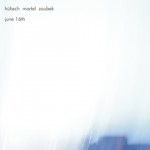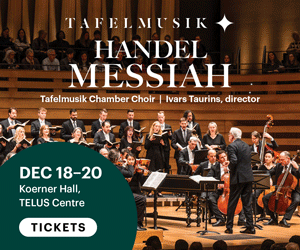 June 16th
June 16th
Hübsch/Martel/Zoubek
Schraum 17
schraum.de
Having adopted the venerable viola da gamba as his main instrument, Montreal-based former double bassist Pierre-Yves Martel is also adapting it to unusual sonic situations. On this notable release named for the day on which it was recorded, Martel, who directs a different ensemble October 11 at the Music Gallery, mainly uses the timbres of his bowed viol as a sound source, the better to intersect with the equally extended techniques of his German bandmates: tubaist Carl Ludwig Hübsch and pianist Philip Zoubek. Although the results are at a far distance from the consort and sacred compositions from the height of the instrument’s popularity before the turn of the 18th century, they suggest a beguiling future for pre-modern instruments.
Hübsch and Zoubek, who have worked with some of the continent’s most advanced musicians, specialize in subverting expected sounds as well. Throughout the five tracks here for instance, Zoubek frequently buzzes harsh cadenzas by plucking, stopping or strumming the piano’s strings. Additionally, when the keys are put to use the resonating clangs produced are marimba-like. For his part the tubaist shuns the instrument’s familiar guttural lows. Instead, using a variety of mutes, valve-twisting and embouchure refinements, he expels whistles and clicks and vibrates unaccented air from his horn. Harshly scraping the tuba body with other objects, the resulting scuffs onomatopoeically integrate with Martel’s agitated spiccato pumps and Zoubek’s rubbed strings and semi-depressed key patterns.
On Top, the appropriately titled, most spectacular and longest track, the polyphonic texture-layerings duplicate these and other sounds, including flute-like peeps and organ-resembling swells. Overall, the key to this track and the fascination of the entire disc’s production is how ancillary tropes such as the viola da gamba’s string sweeps and the piano’s single-note examinations calm staccato interjections to create a still spiky but compelling narrative. Plus it proves that traditional instruments, appropriately used, can generate a thoroughly modern tonal experience.



